For the Jrai, puzzles are not simply entertainment but also a way to teach thinking methods, language and life ethics.
Jrai riddles or folk riddle activities (Jrai people call them podao, modao…) are a form of folk entertainment but contain profound intellectual values. Jrai riddles are closely associated with daily life and have a long history of development. Since ancient times, Jrai people have riddled each other during working sessions on the fields or when gathering around the fire as a way to relax, exchange and learn. Thus, riddles have been passed down orally from generation to generation.
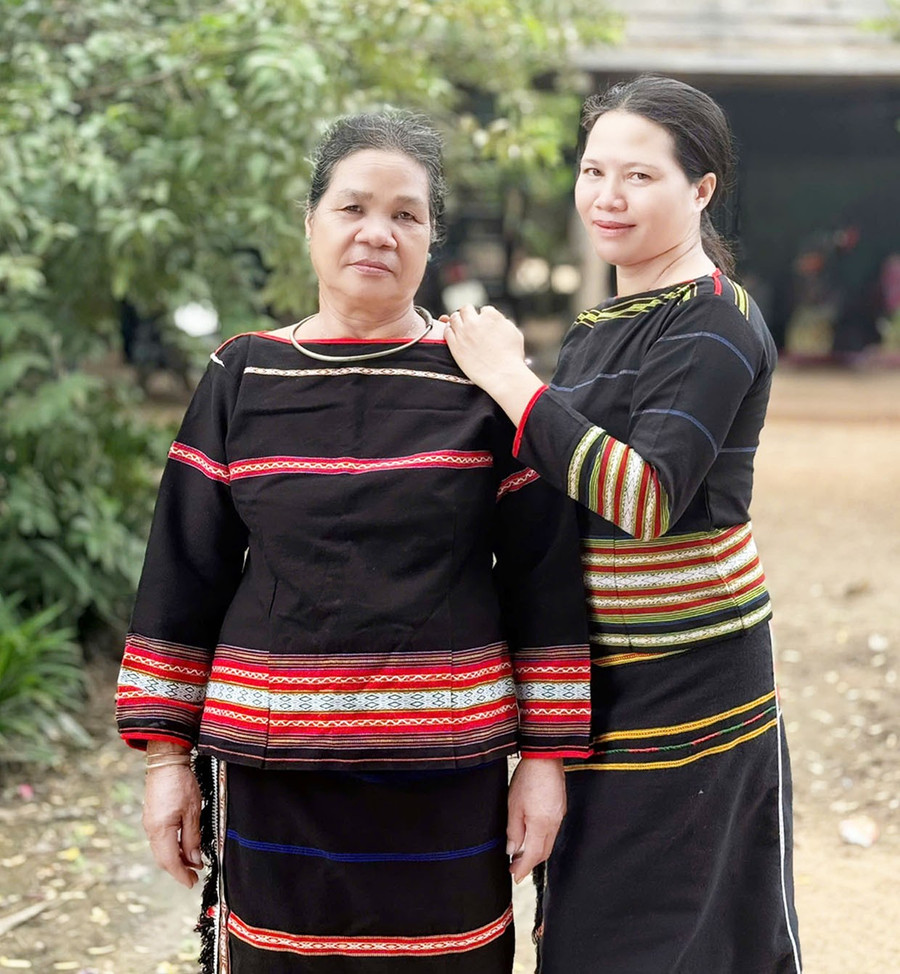
Although she is 70 years old, Mrs. Rcom H'Juin (Mi Hoan hamlet, Ia Hiao commune) can still recite dozens of old riddles fluently. She said: "When I was young, I heard my parents and adults in the village quiz each other while working in the fields and weaving brocade. People quiz each other to forget their tiredness. I listened to it over and over again and remembered it. Later, I quizzed my children and grandchildren."
According to Ms. H'Juin, puzzles are not only for entertainment but also help children learn to observe, understand the laws of nature, train their memory, and stimulate thinking. Besides, puzzles also instill in children a love for national culture.
Talking to reporters, Ms. Siu H'Huyen - Deputy Head of the Department of Culture and Society of Ia Hiao commune - shared: "The treasure trove of riddles of the Jrai people has more than 500 questions, reflecting the life, knowledge and worldview of the community. The content of the riddles mainly revolves around natural phenomena such as rain, wind, thunder and lightning; trees, animals, labor tools, parts of the human body, family activities and profound metaphors associated with spiritual beliefs. In particular, love riddles are a unique feature in the cultural activities of Jrai youth."
Unlike other forms of folk literature, Jrai riddles often choose vivid, figurative metaphors. There, the sun can speak, the wind can tell stories, the forest whispers in Jrai. For example: “Mother goes first; child follows; screaming and crying?” (answer: Pig), “White body lies blocking the cave entrance?” (answer: Tooth).
The Jrai riddles have many similarities with other ethnic groups such as rich rhyme, concise structure, and metaphorical images. However, the unique point is that the Jrai often make riddles in a singing, humming rhythm, creating a lively atmosphere, arousing interest and stimulating the thinking of the listener.
Siu H'Hien - a final year student of the Faculty of Primary and Preschool Education , Quy Nhon University - confided: "I often listen to my grandmother's riddles during meals. As a culture lover, I try to remember and write them down. Once, I collected some riddles from my grandmother and posted them on social networks. My friends really liked them and even suggested making them into clips to spread the word."
Despite their rich cultural and intellectual value, Jrai folk riddles are gradually disappearing from community life. The transmission is mainly by word of mouth, causing many riddles to fall into oblivion. Young people have less and less opportunity to access this type of art as traditional living spaces are shrinking and modern lifestyles are increasingly dominating. In many villages, the number of people who still remember and know how to riddle can be counted on the fingers, most of them are elderly.
In fact, the Jrai riddles have been collected and documented in the book “Jrai and Bahnar Riddles” (Writers Association Publishing House, 2017) by author Nguyen Quang Tue - Former Head of the Department of Cultural Management (Department of Culture, Sports and Tourism of the former Gia Lai province). However, the number of riddles in this book is not complete.
“Riddles are an indispensable part of the Jrai people's literary treasure. If they are only kept in the memory of the elderly, this heritage will quickly fade away. Therefore, it is necessary to collect, systematize and digitize the treasure of riddles, and integrate them into extracurricular programs for students; cultural exchange activities, and traditional festivals in the community. This is not only a way to preserve a type of intellectual heritage but also a way to arouse cultural pride in the young Jrai people" - Deputy Head of the Department of Culture and Society of Ia Hiao commune informed.
Source: https://baogialai.com.vn/doc-dao-cau-do-cua-nguoi-jrai-post561973.html



![[Photo] Secret Garden will appear in Nhan Dan Newspaper's Good Morning Vietnam 2025 project](https://vphoto.vietnam.vn/thumb/1200x675/vietnam/resource/IMAGE/2025/9/19/cec307f0cfdd4836b1b36954efe35a79)
![[Photo] Spreading Vietnamese culture to Russian children](https://vphoto.vietnam.vn/thumb/1200x675/vietnam/resource/IMAGE/2025/9/19/0c3a3a23fc544b9c9b67f4e243f1e165)

![[Photo] Sea turtle midwives](https://vphoto.vietnam.vn/thumb/1200x675/vietnam/resource/IMAGE/2025/9/19/9547200fdcea40bca323e59652c1d07e)
![[Photo] National Assembly Chairman Tran Thanh Man holds talks with Speaker of the Malaysian House of Representatives](https://vphoto.vietnam.vn/thumb/1200x675/vietnam/resource/IMAGE/2025/9/19/5cb954e3276c4c1587968acb4999262e)





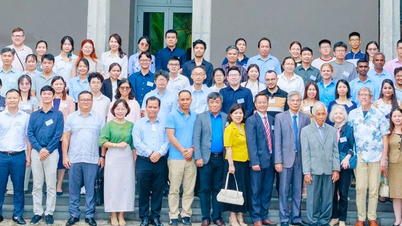
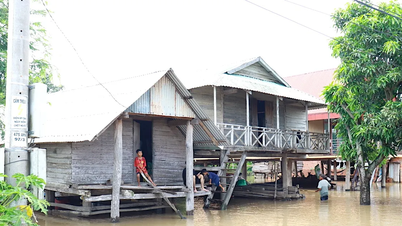








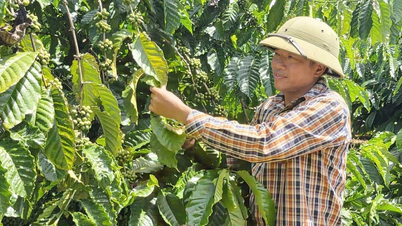
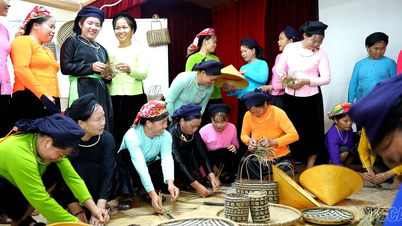




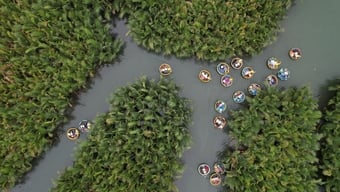


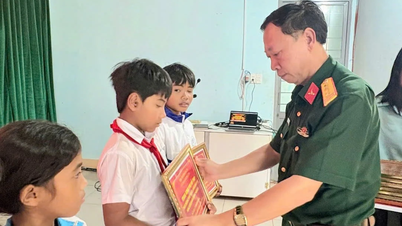



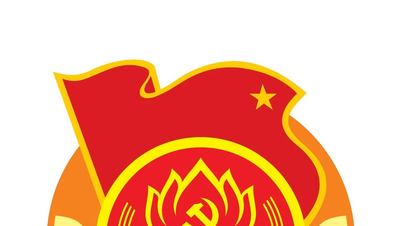








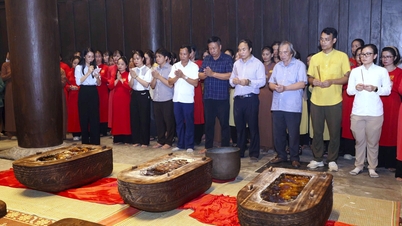


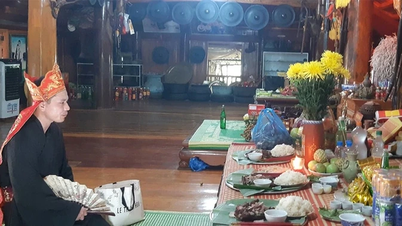









































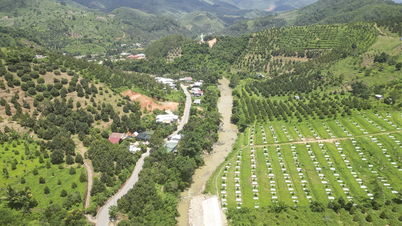
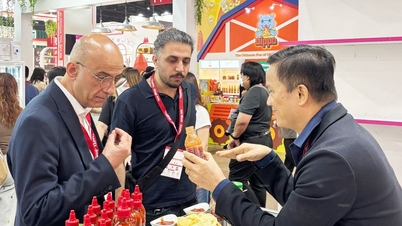









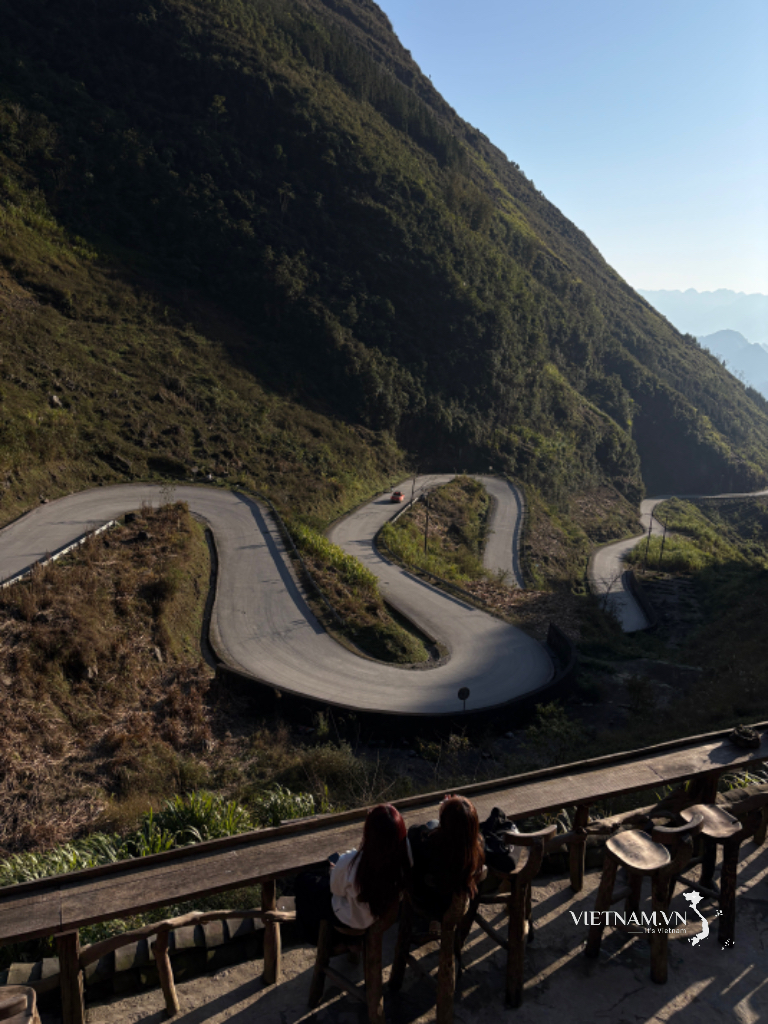
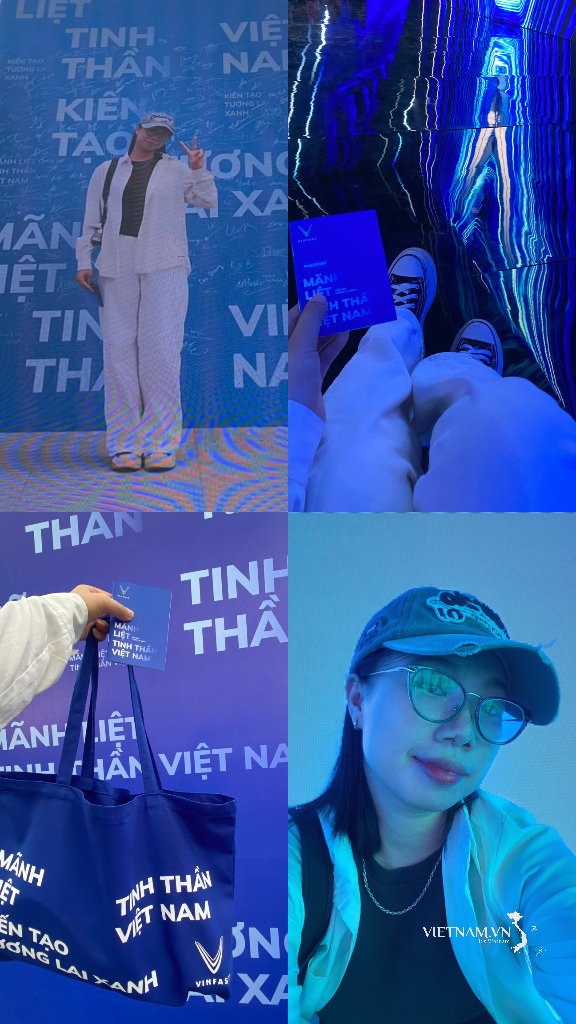
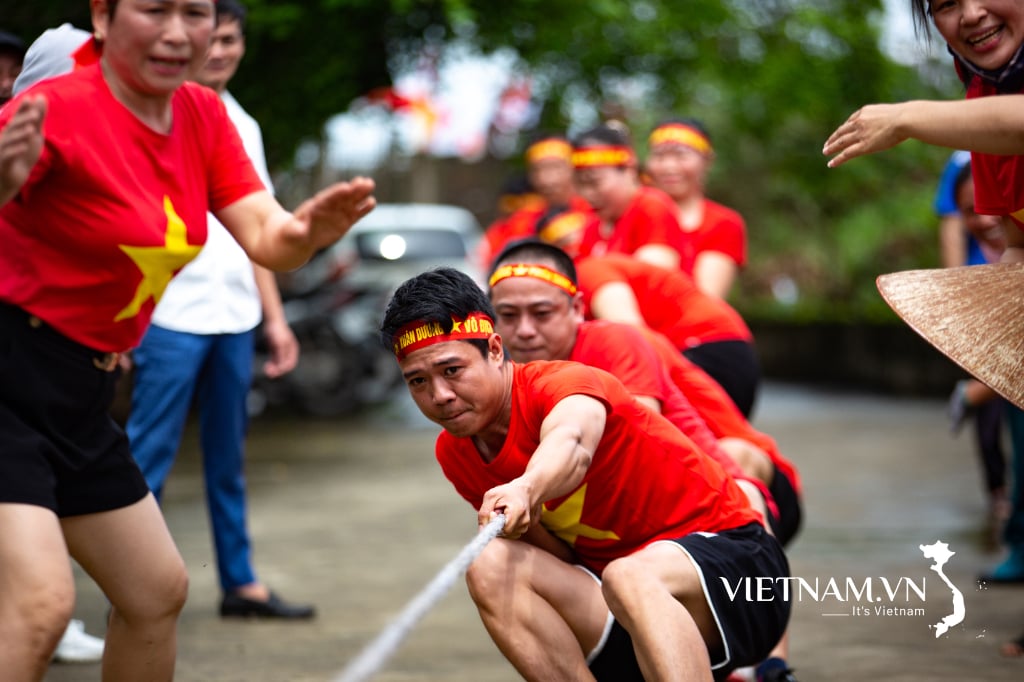

Comment (0)